Wondering if beam lights are the right fit for a wedding DJ? A working wedding DJ shares how adding compact beam lights brought clarity and structure to his setups—without complicating load-ins or programming.
Why I Decided to Upgrade My Wedding Lighting Setup
For years, I relied entirely on static wash lights and a basic controller. That combination worked well enough for small, intimate receptions, where ambiance was more important than drama. But as my bookings expanded to larger venues and more visually demanding clients, something was missing.
Even with good music and dance floor energy, the lighting felt flat—lacking directional focus and spatial impact. I didn’t need more lights. I needed the right kind: beam fixtures that could anchor the room visually and cut through the haze with clarity.

Why I Chose the LB150 as My First Beam Light
After researching several compact beam lights, I landed on the Betopper LB150. My priorities were straightforward: I needed something lightweight, bright, and mobile-DJ friendly. The LB150 checked all the boxes.
It features a 150W LED source, reasonable weight for one-person setup, clean factory presets, and a user-friendly layout. I watched a few demo videos, checked spec sheets, and confirmed that its channel modes matched the DMX profiles I already used. So I bought two.
When the lights arrived, I checked the build quality first. Everything was intact, ports were logically placed, and the head was already centered. Setup was simple—I mounted both fixtures and connected them to my controller within 10 minutes. One review I had seen before ordering mentioned, “Smaller than I expected, but really bright—setup took no time,” and that’s pretty much how it went for me too.
I started by using the 8CH mode for quick testing. The factory presets were clean—no unnecessary movement macros or aggressive defaults. Just pan, tilt, color, and strobe. For someone who needs gear to work without extra programming overhead, that made a strong first impression.
In a 50–150 person reception space, these two lights—especially when paired with a low fog machine—created visible, high-contrast beam patterns that actually added structure to the dance floor. I could do fan-outs, crisscross beams, or keep them locked on a single rotating axis.
Multiple user reviews had mentioned this, too: “Brighter than expected,” “Color mixing is clean,” and “Even one light holds up in a medium-sized room.” My own experience matched these completely. Compared to soft washes, the LB150 brought clarity and visual rhythm without overcomplicating my setup.
How I Control the LB150: DMX, Movement, and Sync
I usually run the LB150 in either 8CH or 12CH mode, depending on the show. Both modes offer smooth pan and tilt movements, crisp strobe control, and solid audio response. In slower moments—like ceremony transitions or first dances—I’ve appreciated how quiet the motors are. No distracting hum.
Whether I run the fixtures through a DMX console or software, I’ve experienced no dropouts or addressing issues. They run reliably over long gigs, and the units stay cool. That’s huge when I’m running a solo setup with minimal redundancy.
LB150 User FAQ – What You Need to Know
Q1: Do I need a hazer or fog machine to get the most out of beam lights?
Yes—at least a low fogger. Without haze in the air, you won't get the defined beams these lights are known for. The lights still work, but the atmosphere won’t feel dimensional.
Q2: Can these be ceiling-mounted or do they need truss?
They can be mounted on tripods or T-bars, but ideally you'd want at least 7-8 feet of height to give the beams room to open. Ceiling mount is fine if the venue allows it, but watch for vibration and isolation.
Q3: What’s the learning curve if I’ve only used auto-programmed lights before?
If you’ve only done plug-and-play or sound-activated lighting, expect to spend a few hours understanding DMX control. But for basic color/pan/tilt use, the 8CH or 12CH modes are beginner-friendly.
Q4: Can I control them wirelessly?
Not out of the box, but yes—if you have a wireless DMX transmitter/receiver setup, they sync fine. I use a basic 2.4GHz wireless DMX kit without any issues.
Q5: Do I need to recalibrate them often?
So far, no. I’ve had no misalignment issues or pan/tilt drift. Just make sure you power them off properly and don’t yank them while rotating.
Curious to see more?
Not every DJ needs beam lights, but if you're reaching that point where your setup feels visually limited, the LB150 is a practical step forward. It helped me turn generic dance floors into structured visual environments—without needing a full tech crew or breaking my workflow.
Click to view product details:
https://betopperdj.com/products/betopper-150w-led-beam-moving-head-light










































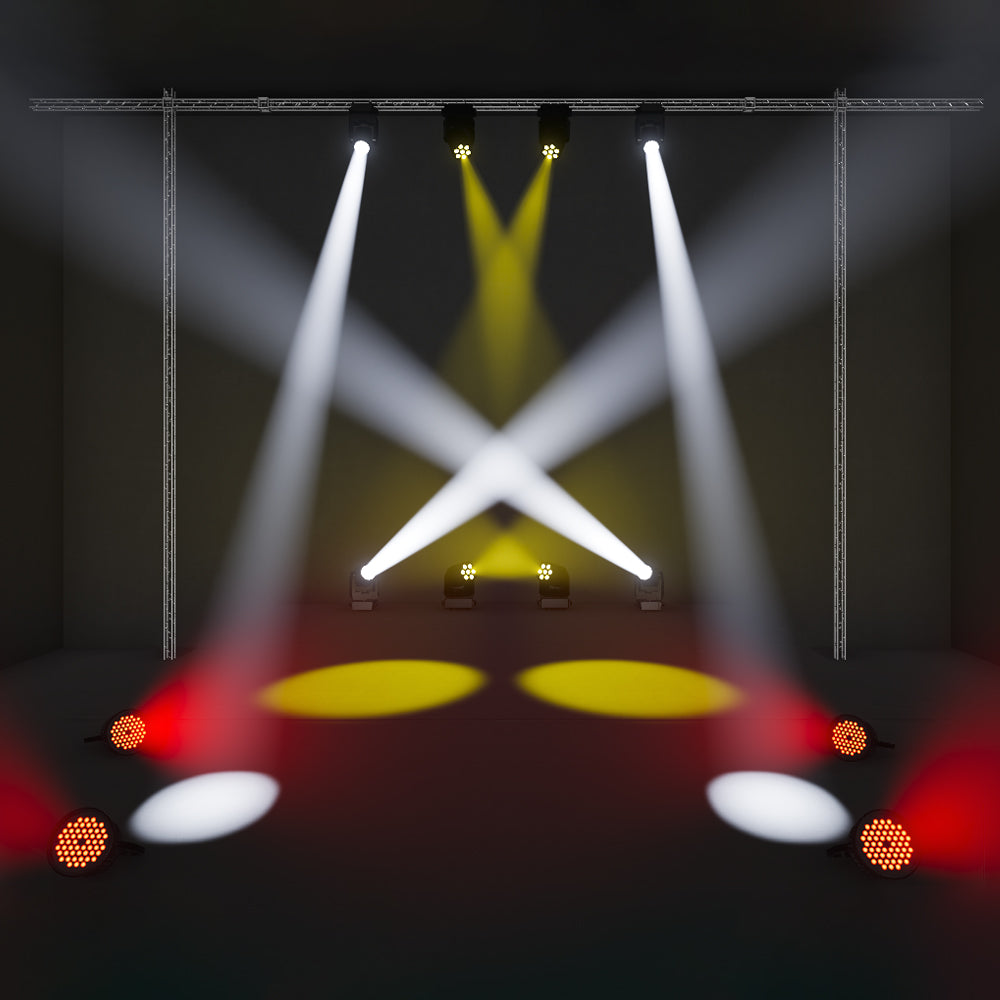
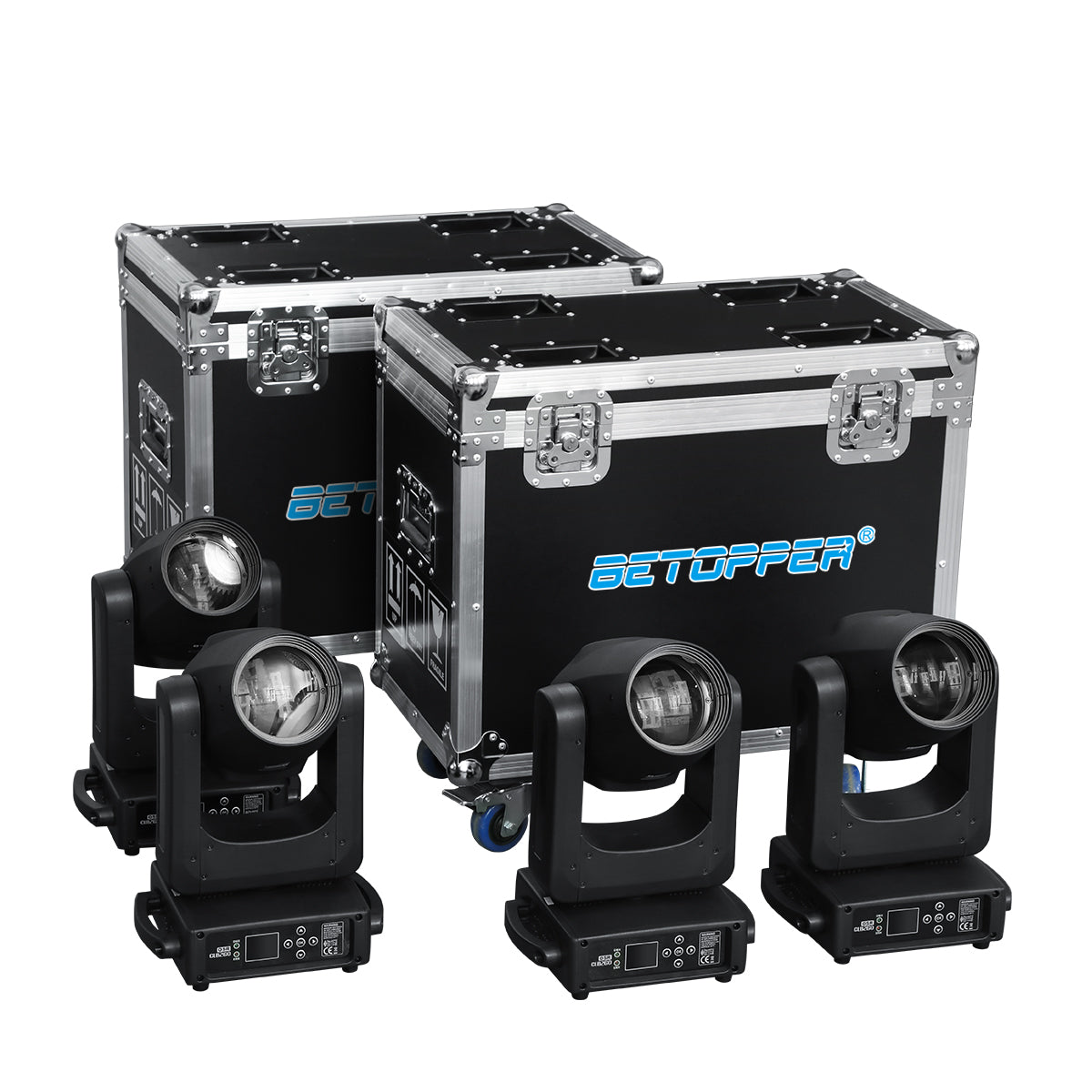
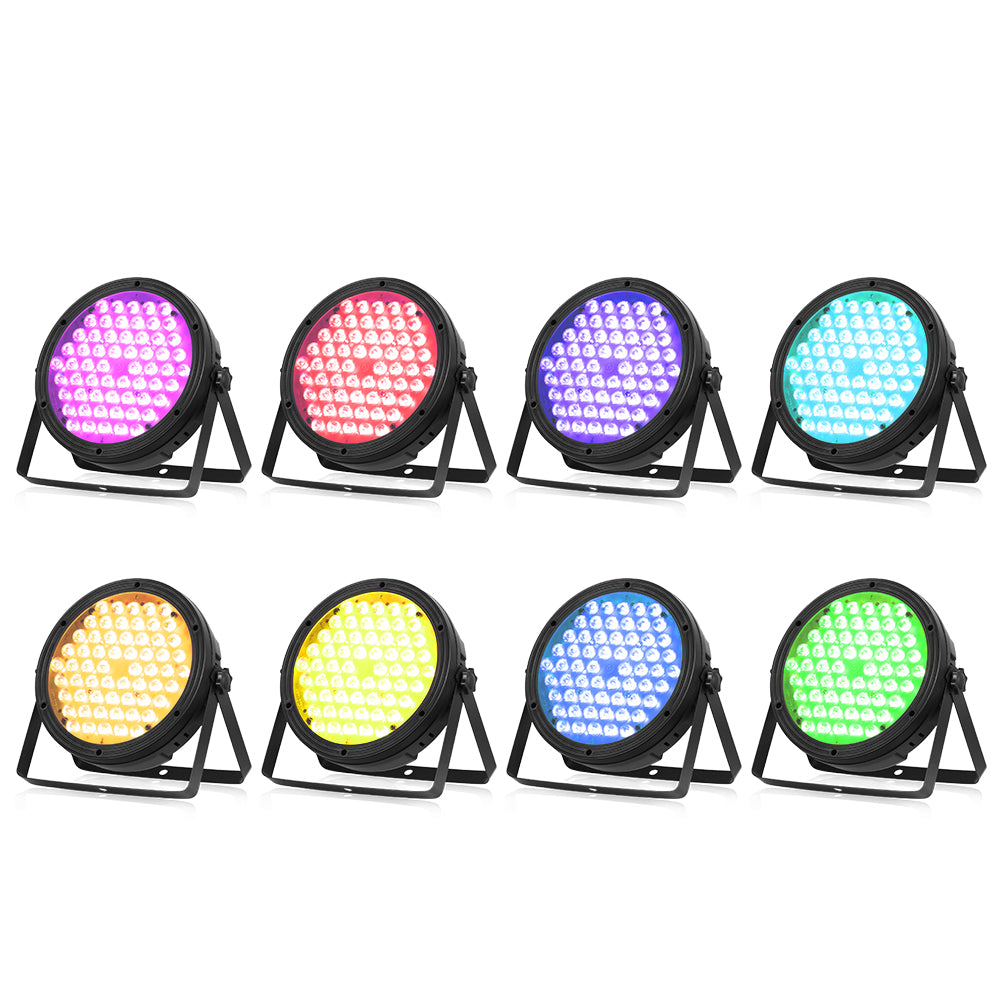
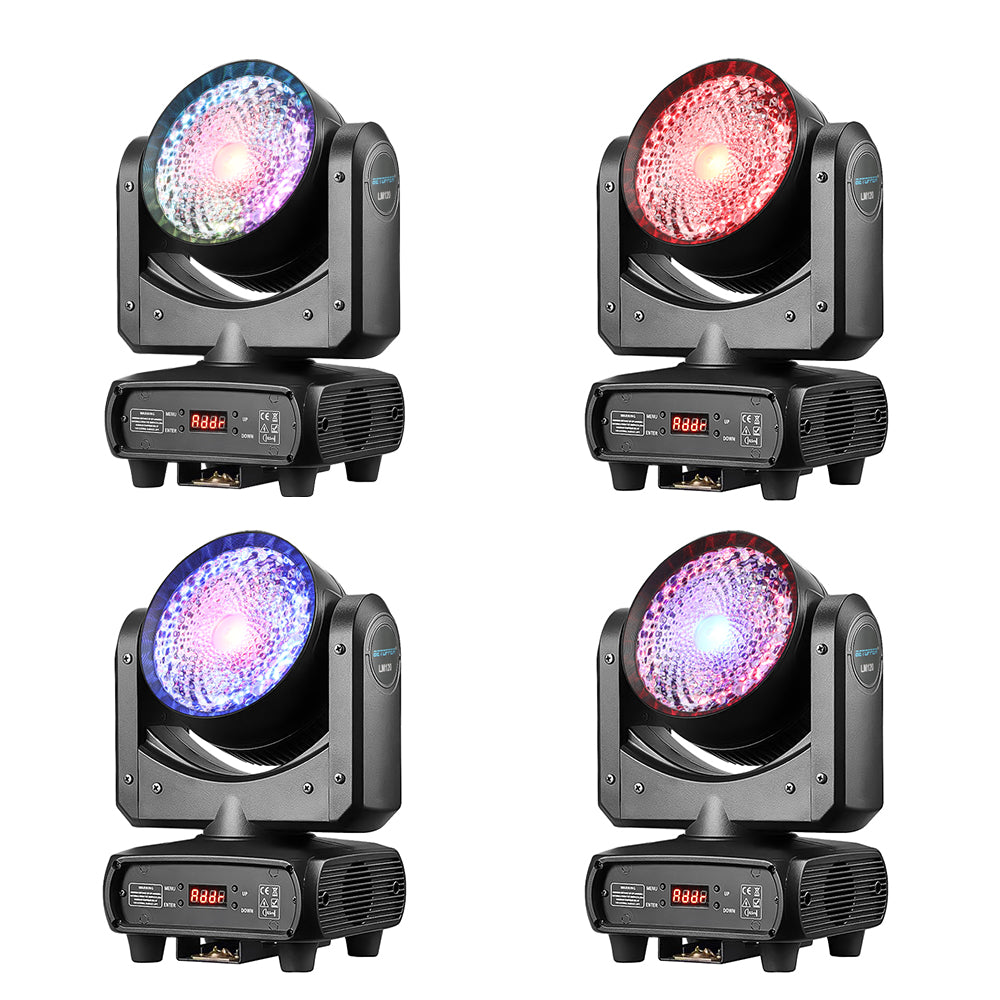
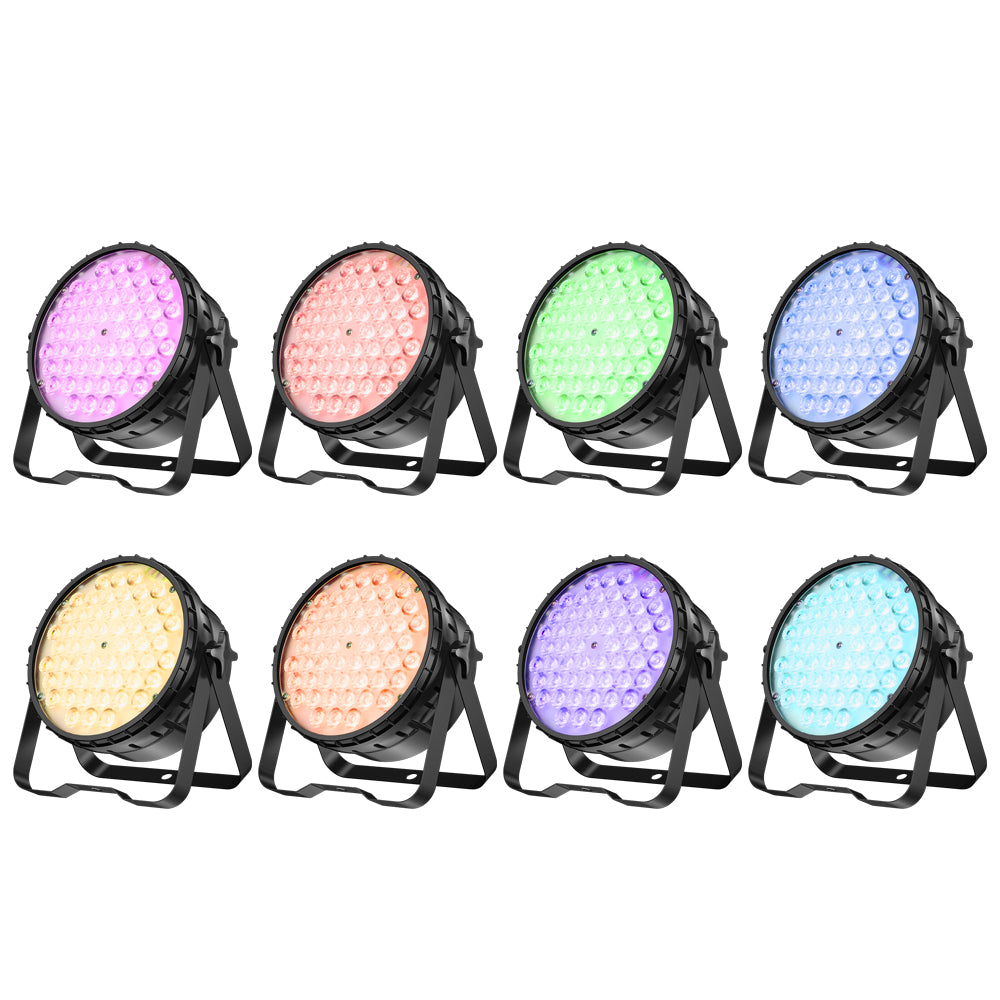

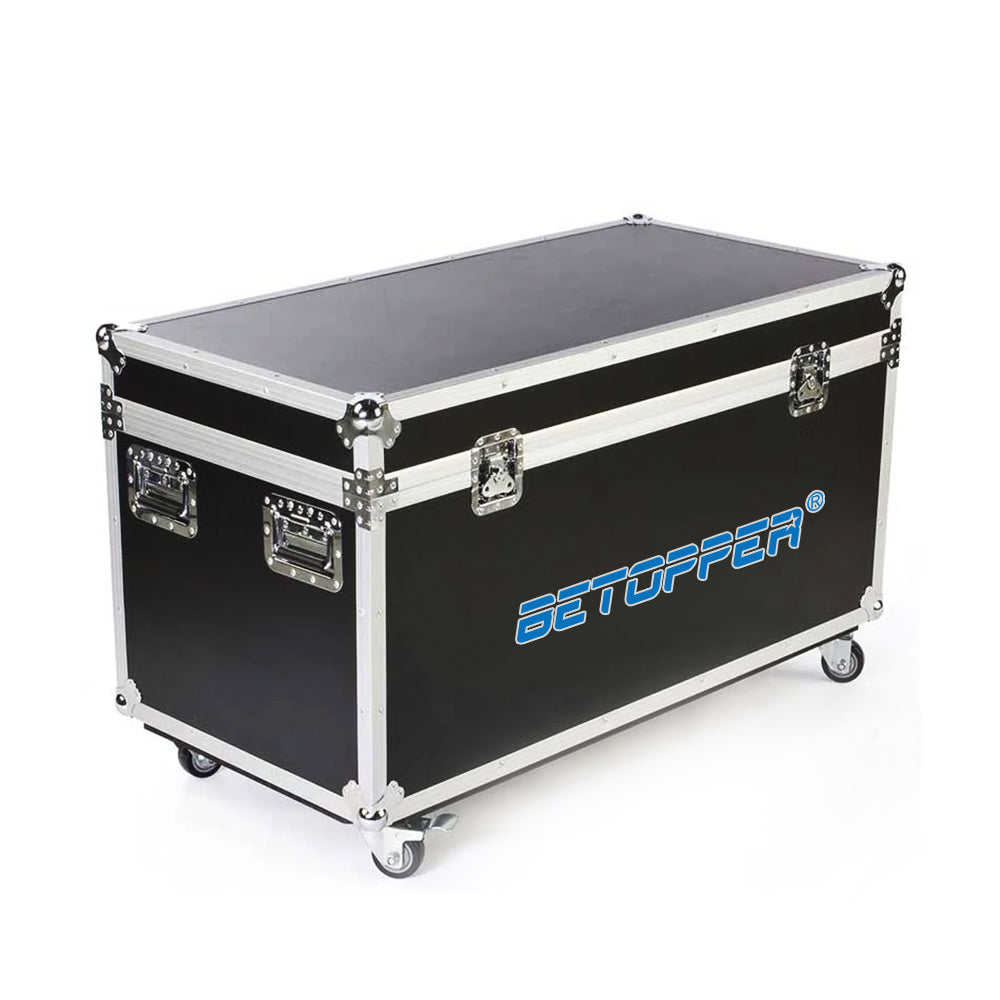
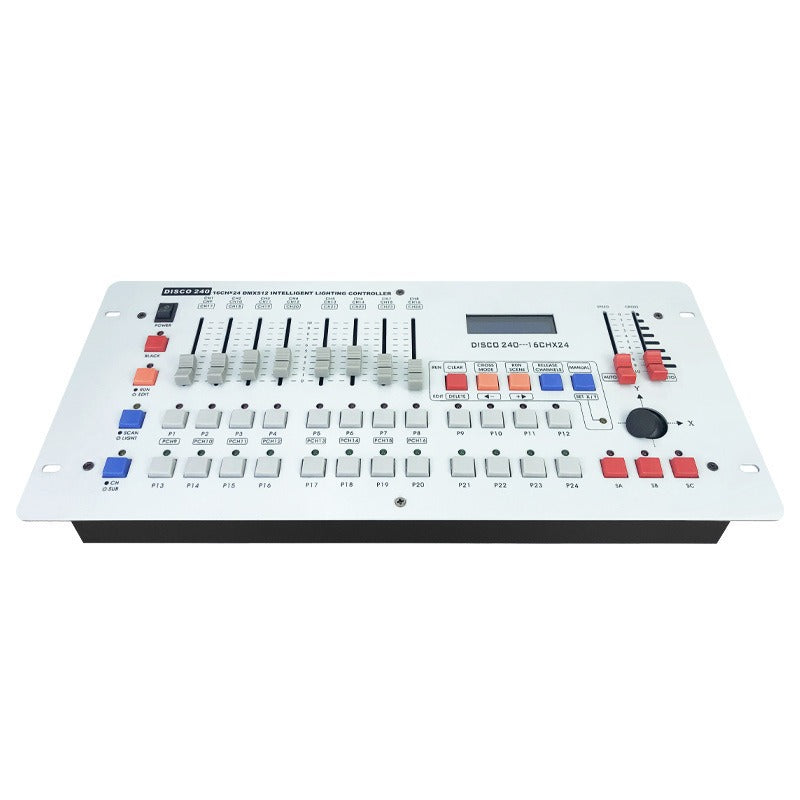
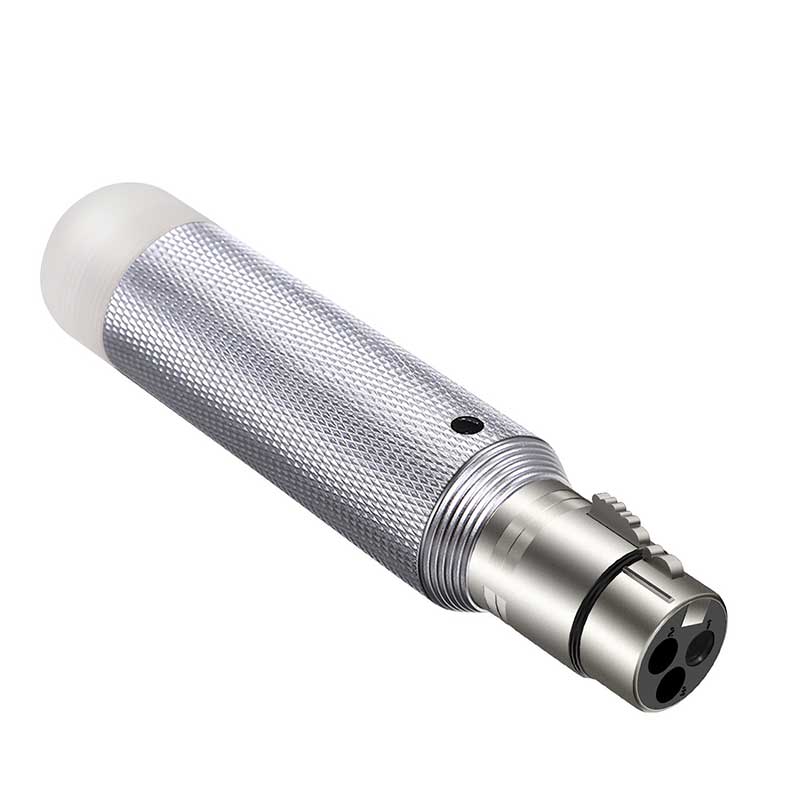
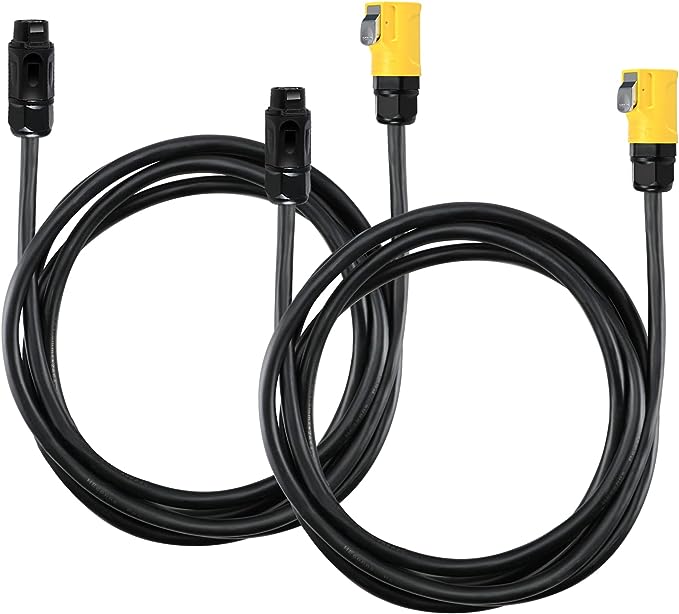

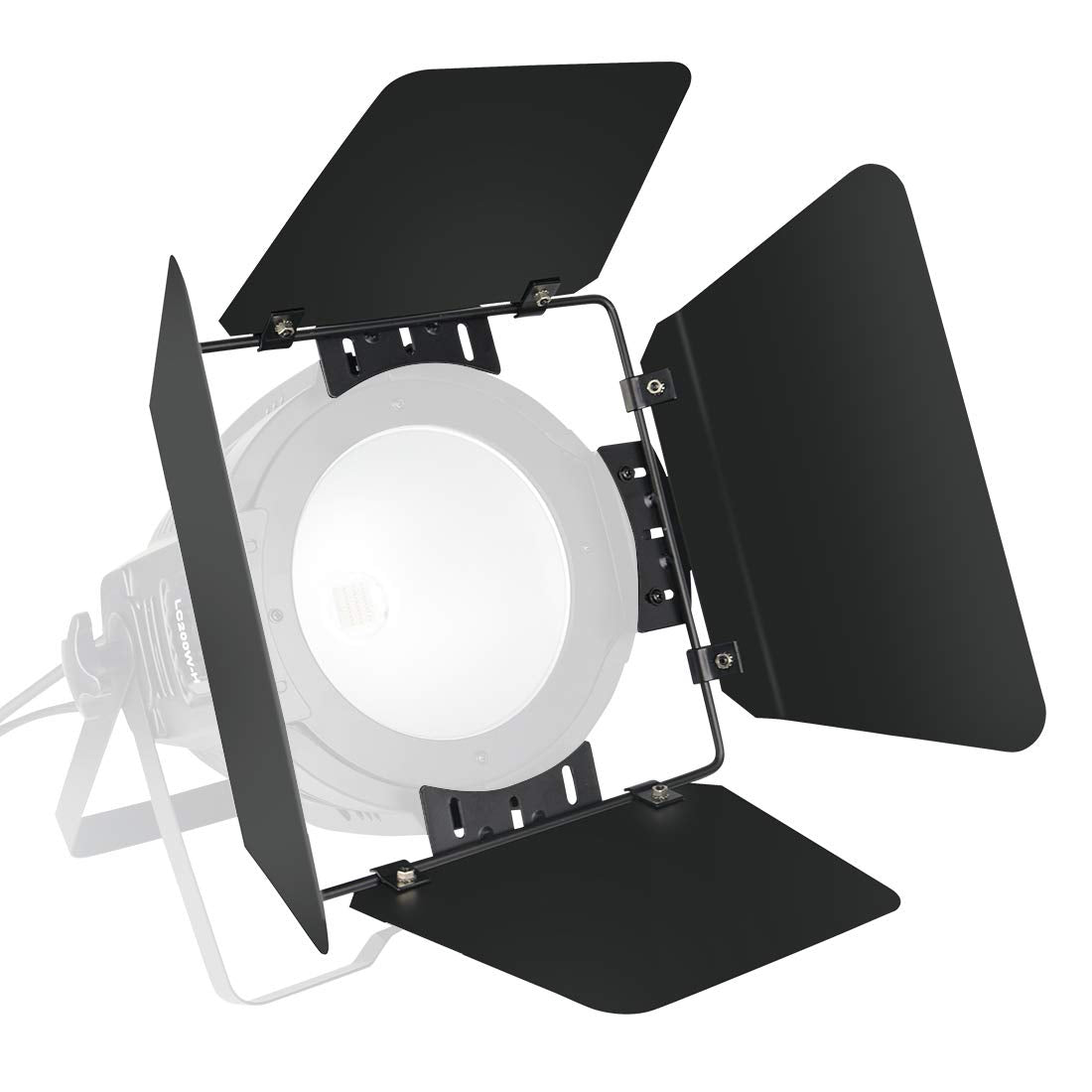
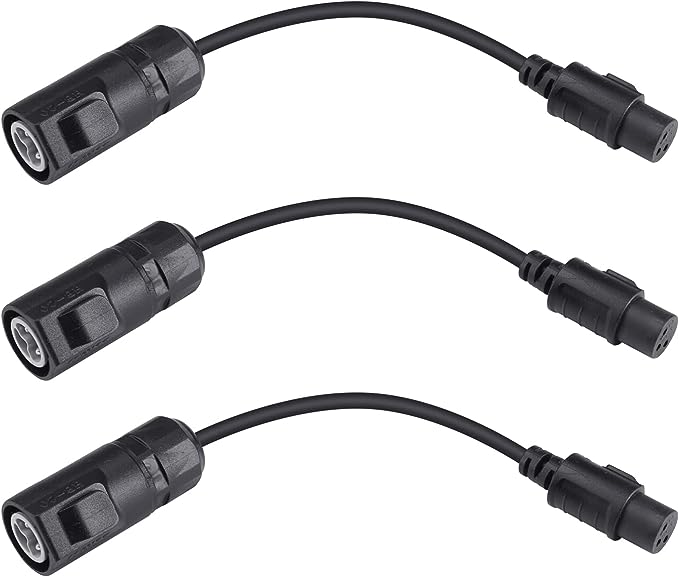
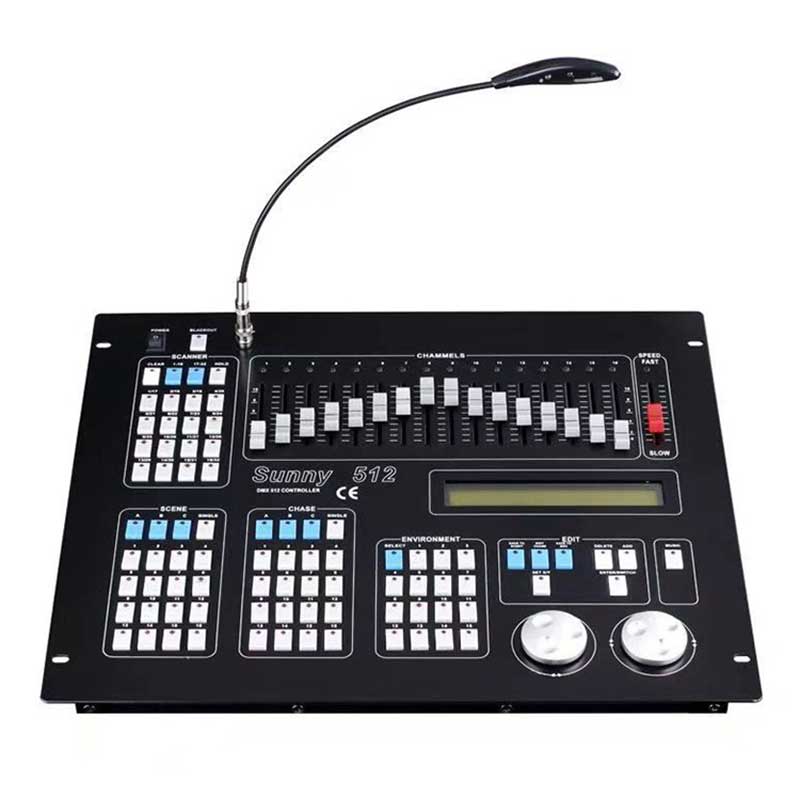
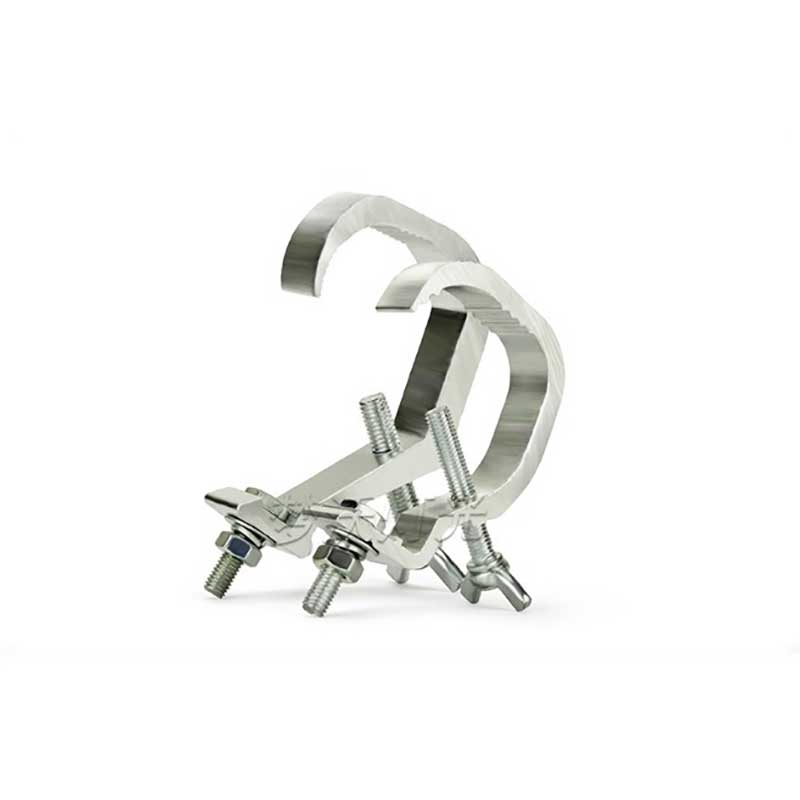
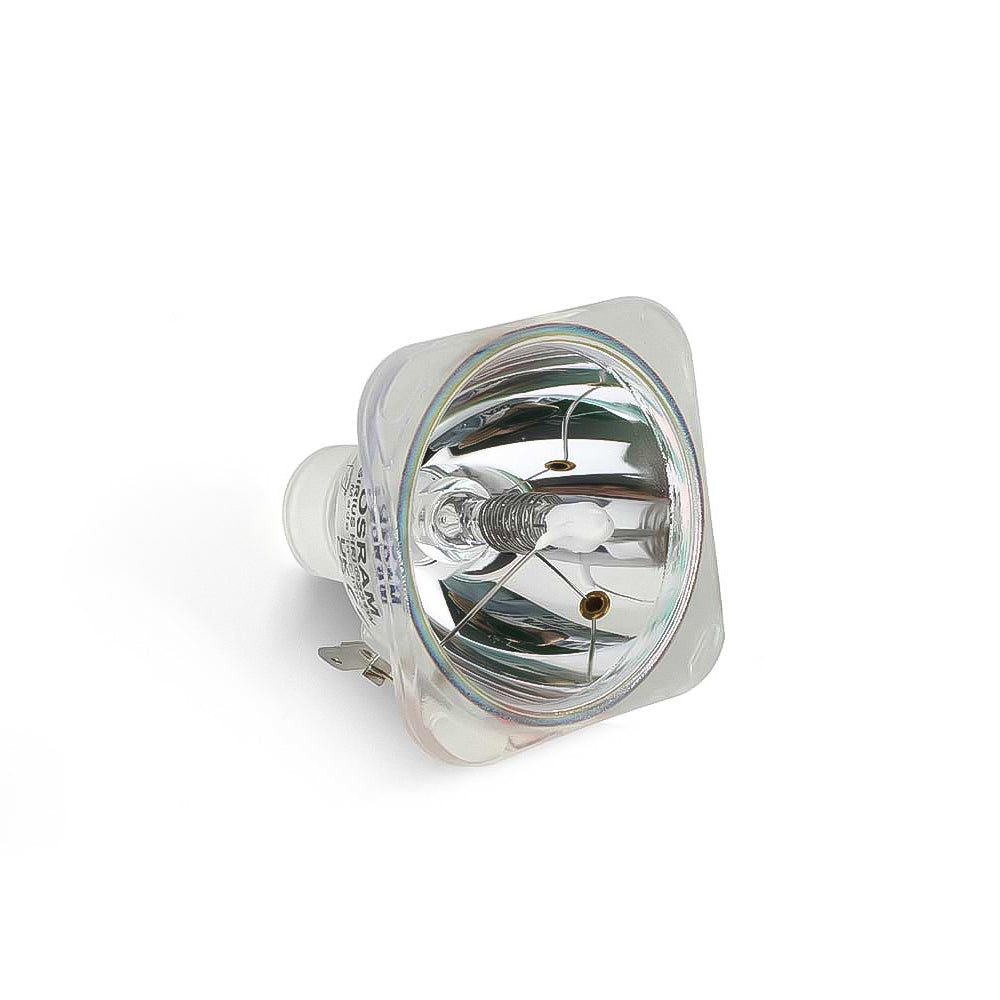
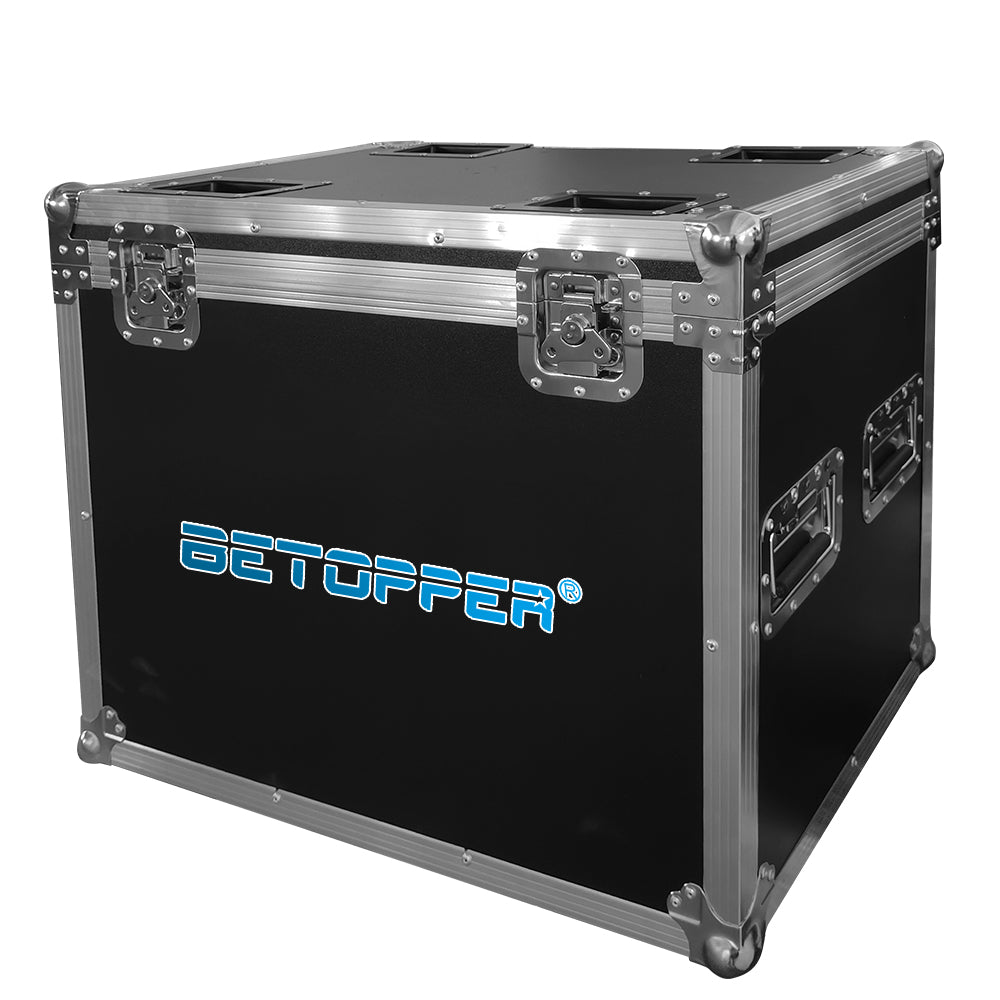
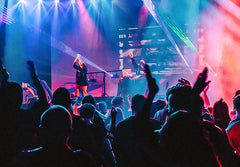
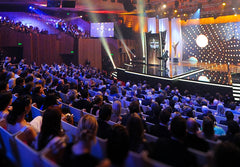
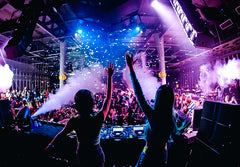



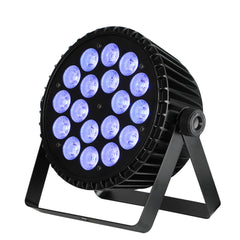
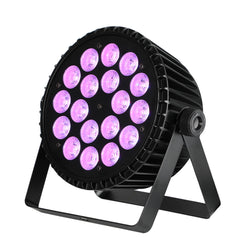
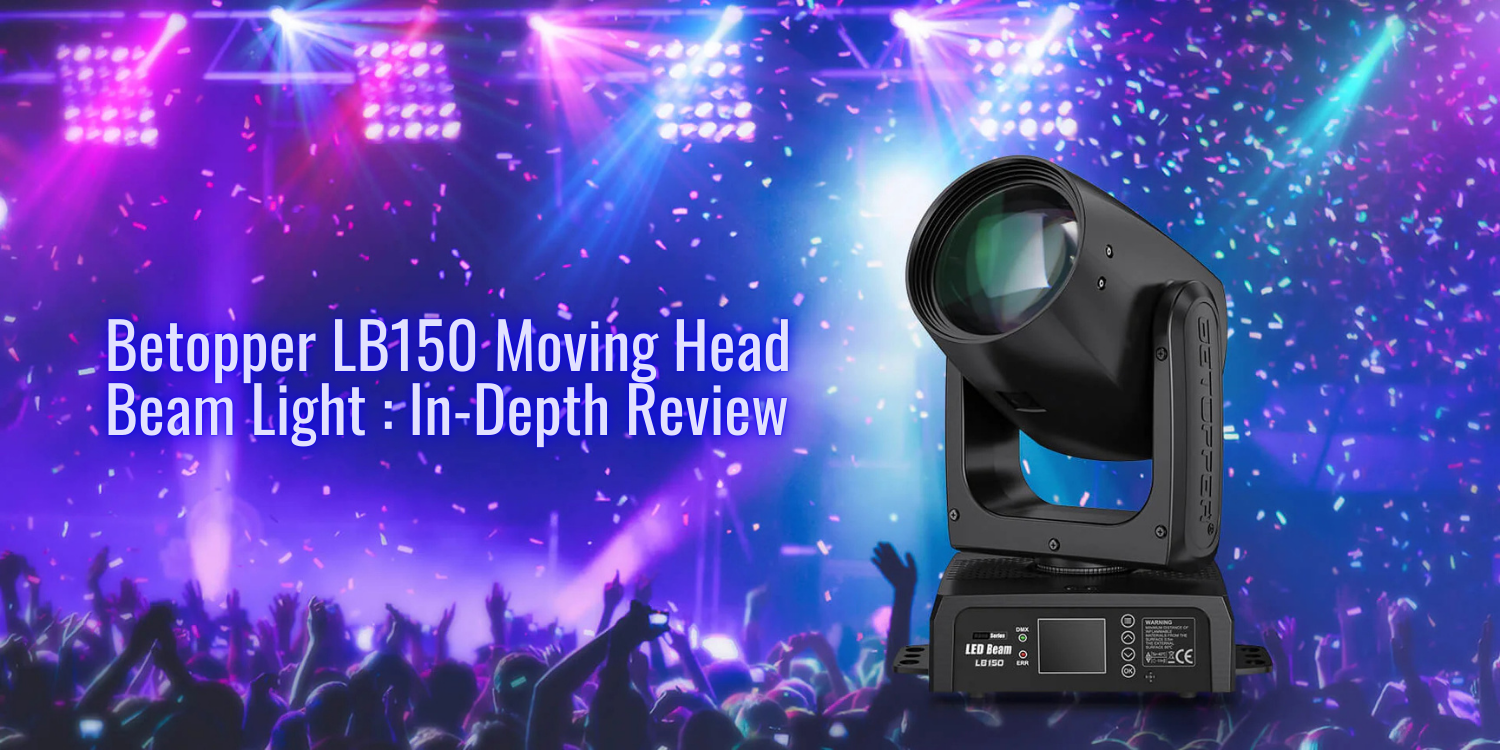
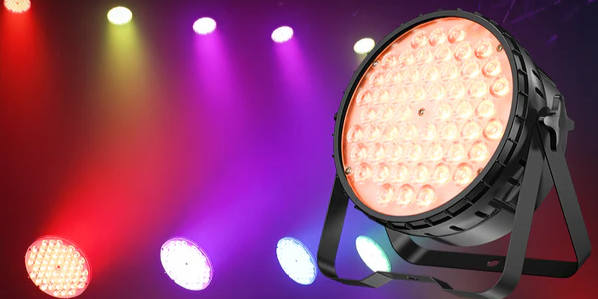

Leave a comment
This site is protected by hCaptcha and the hCaptcha Privacy Policy and Terms of Service apply.